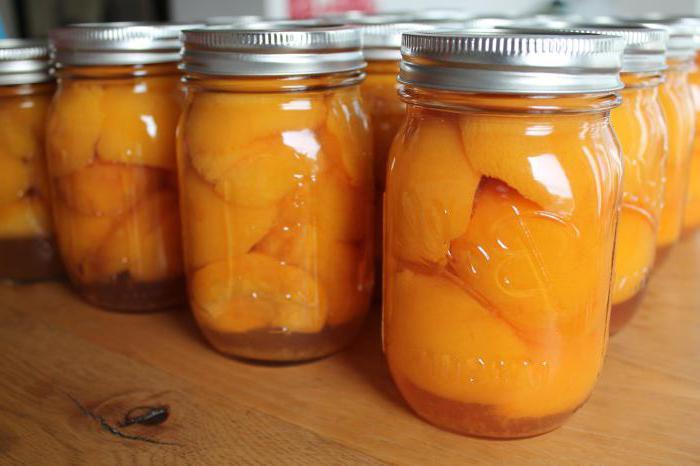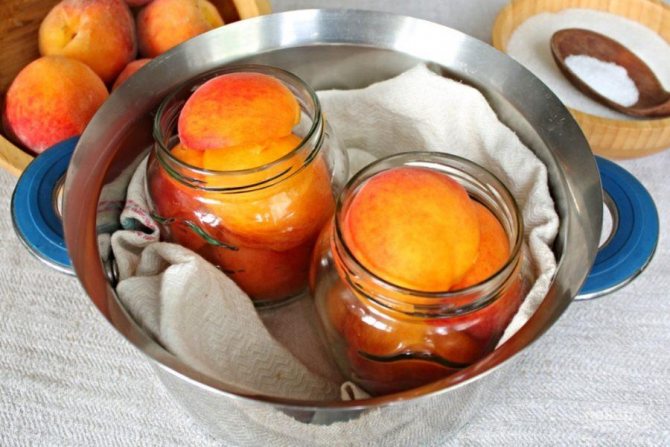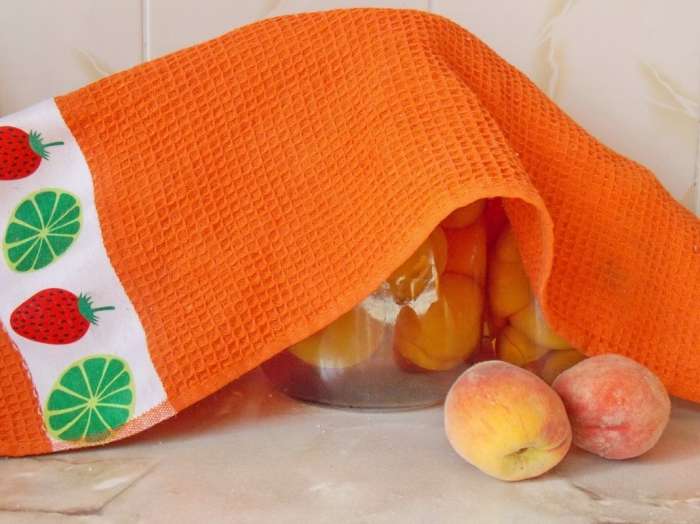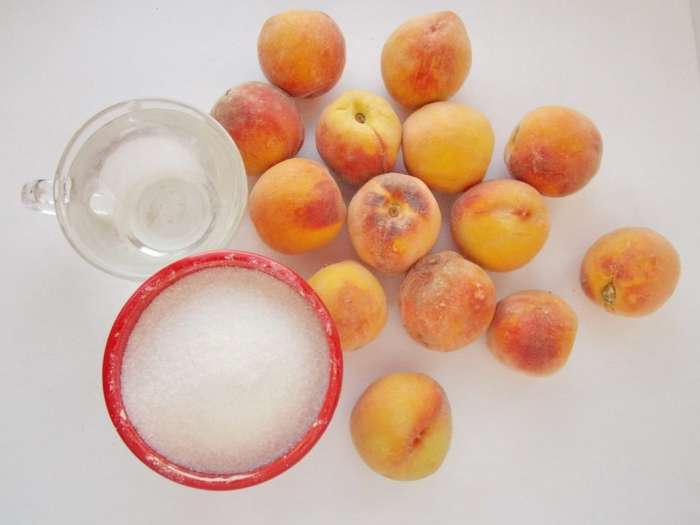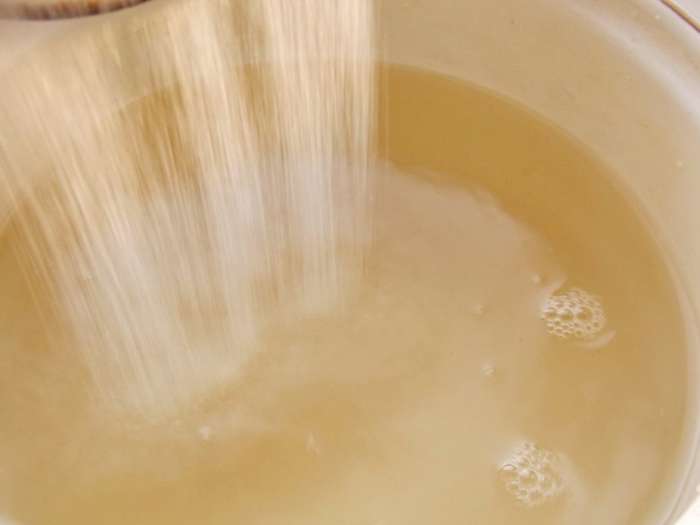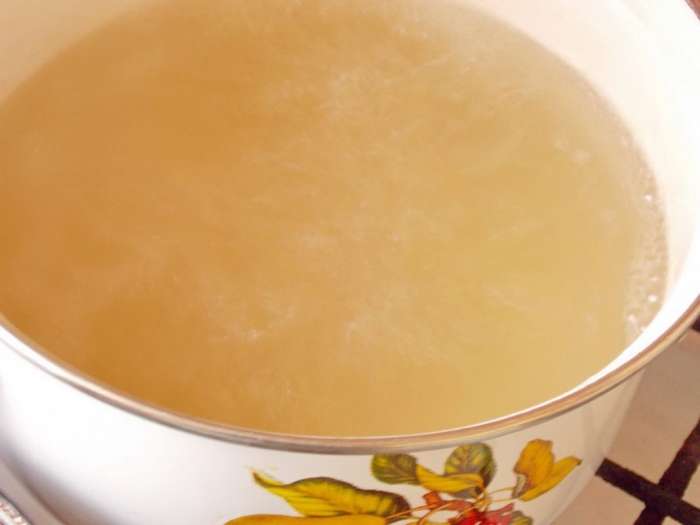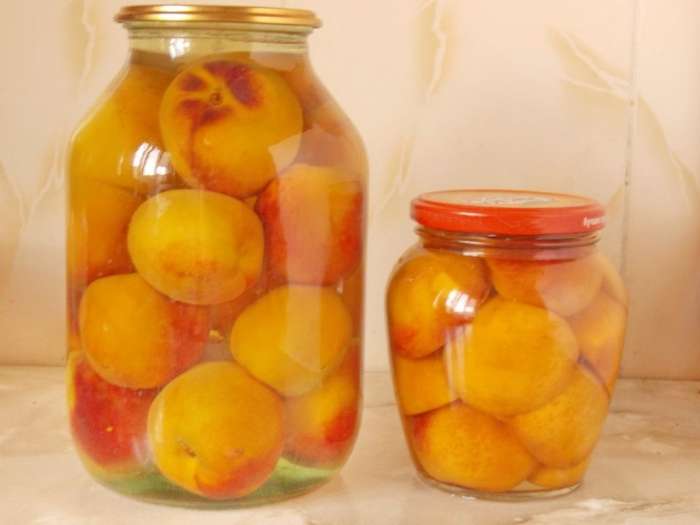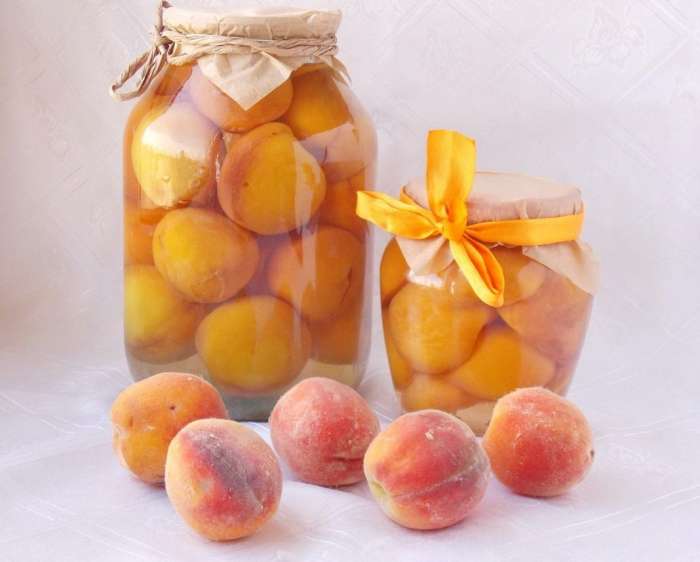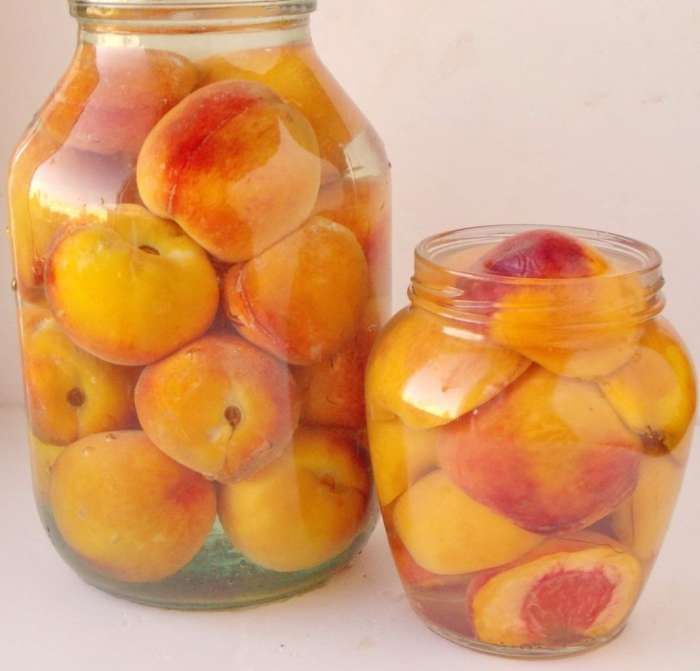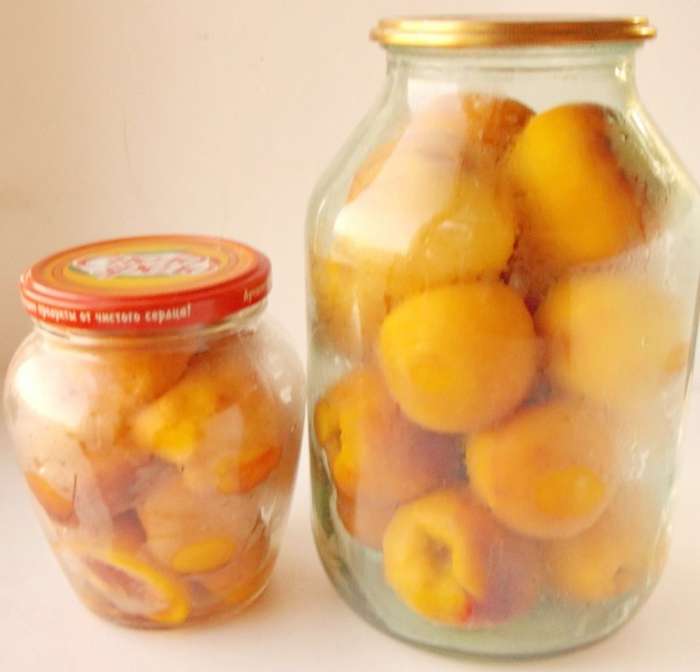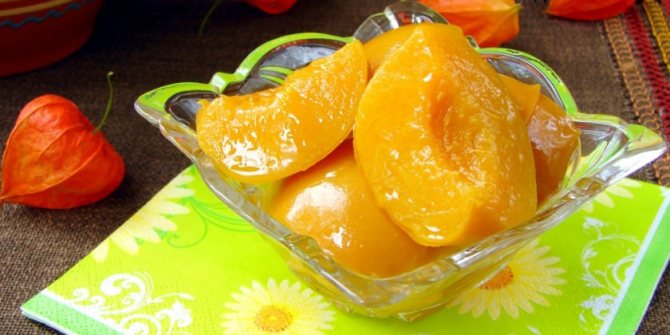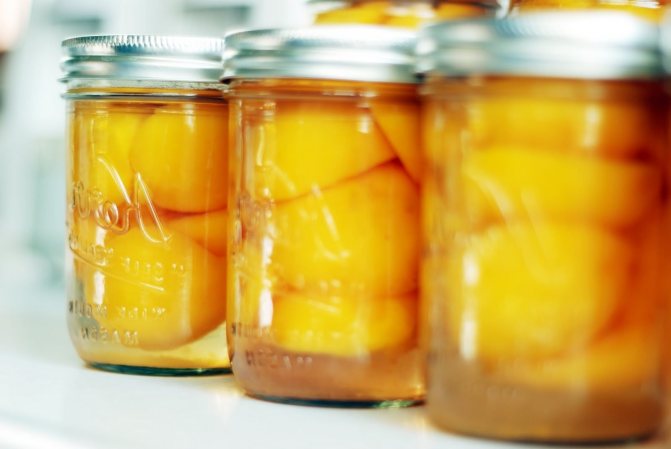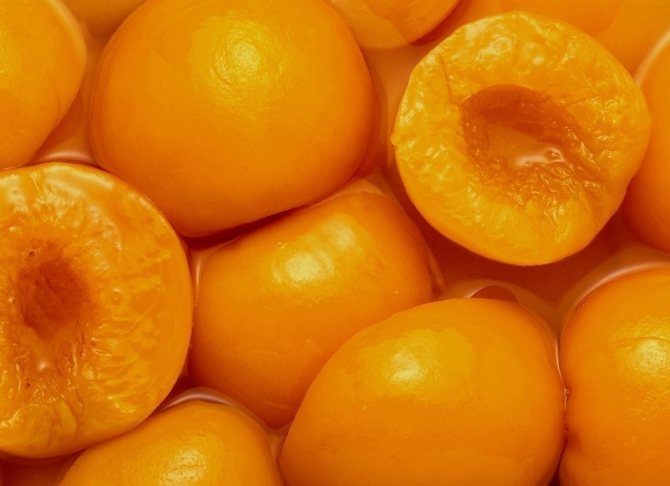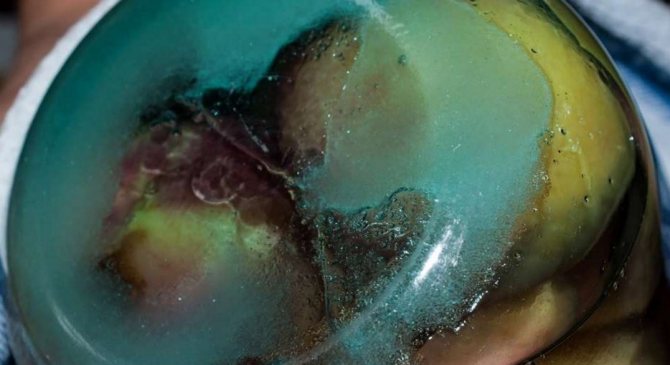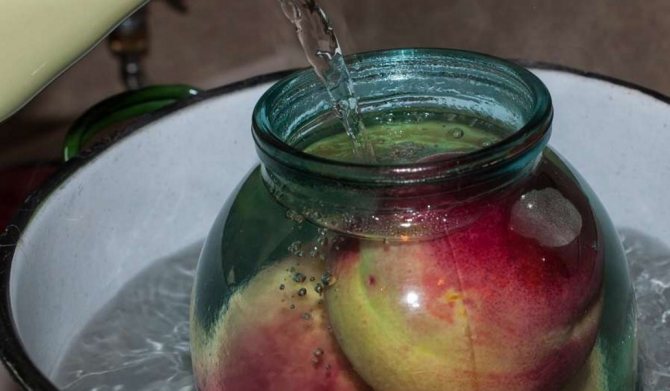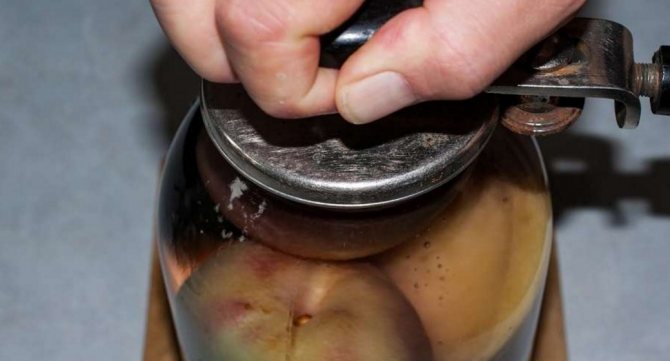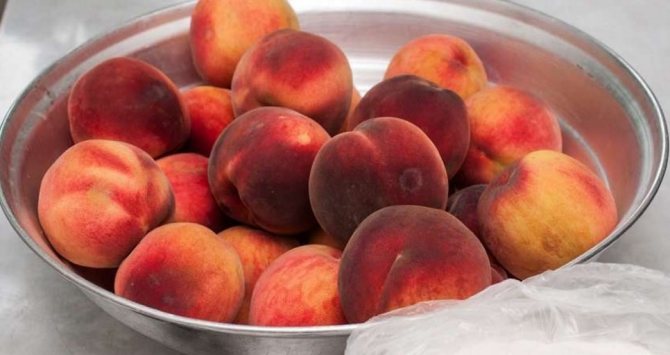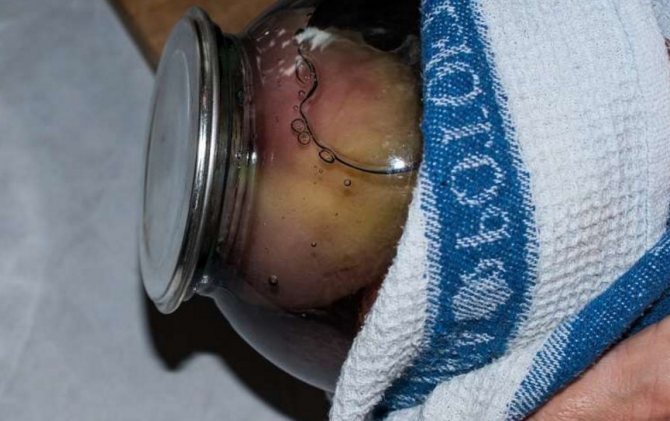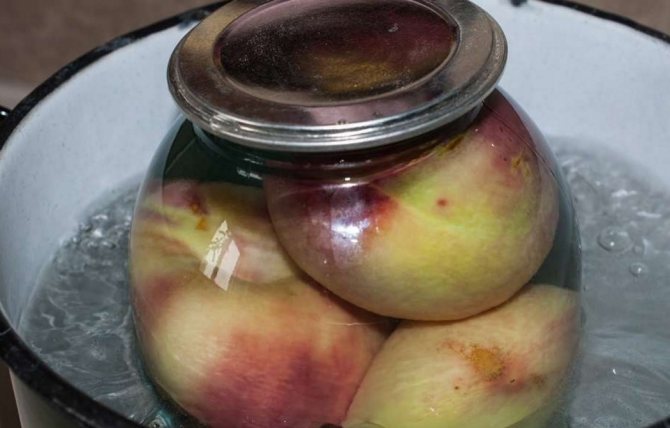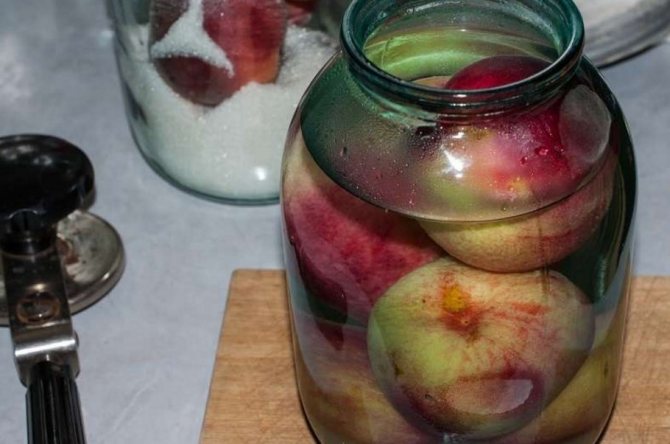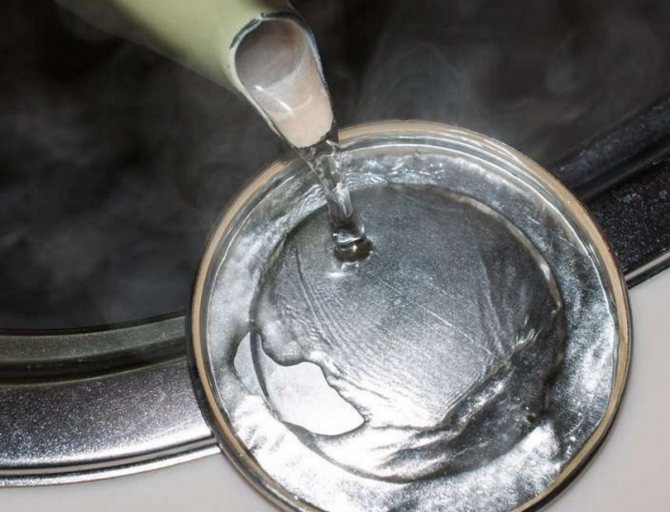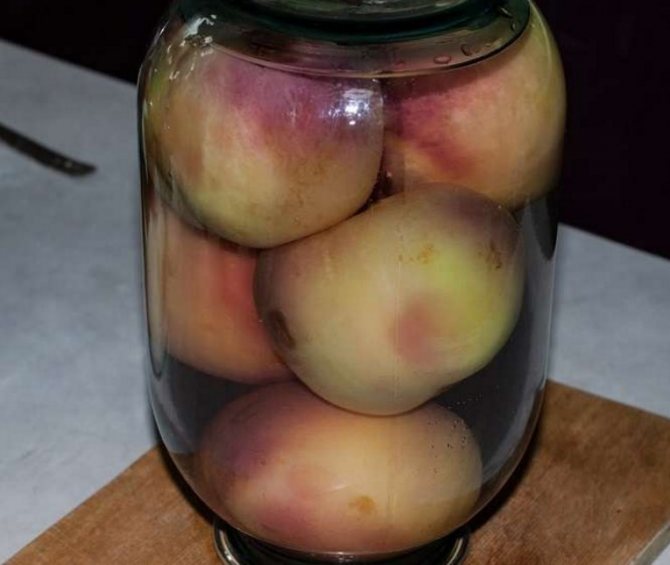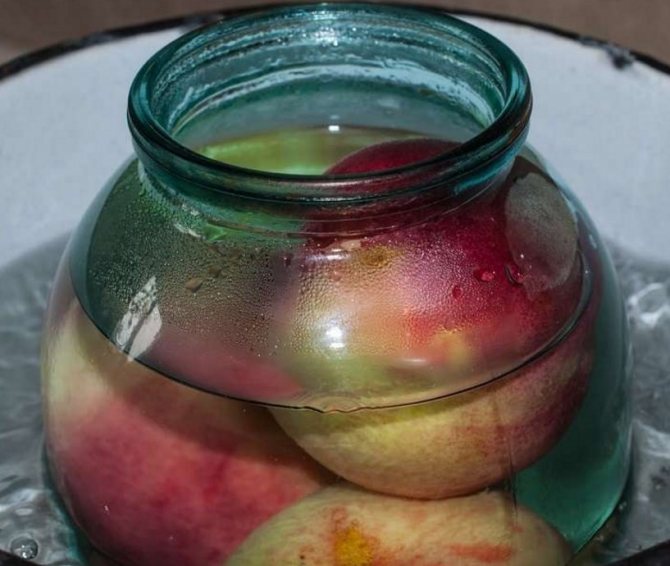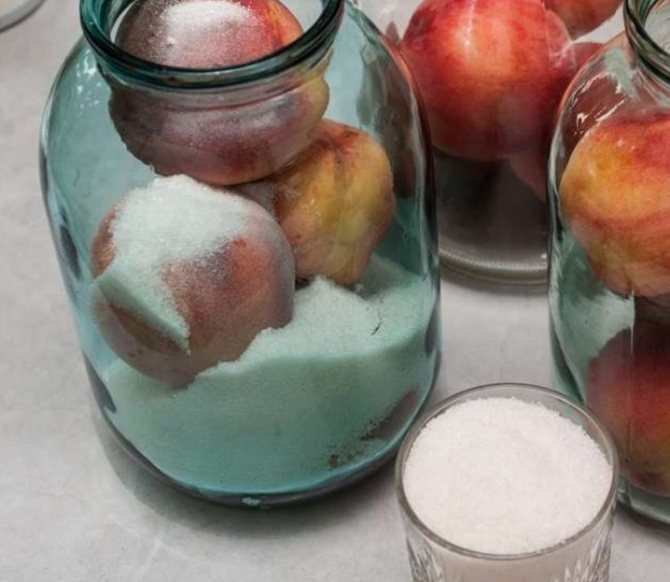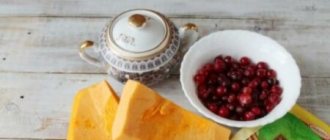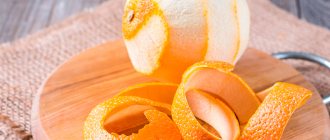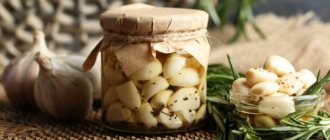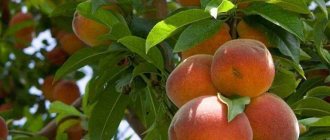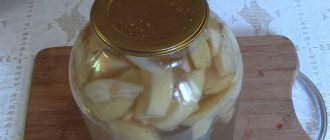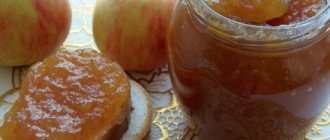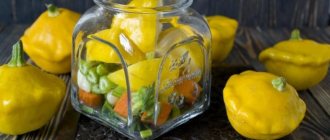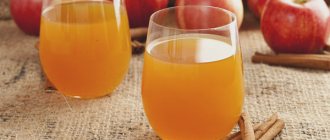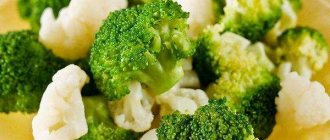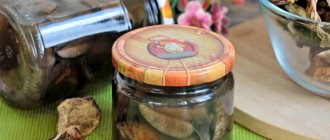In a hot, busy season, each housewife tries to prepare more mouth-watering preserves, the purpose of which is not only to decorate a family lunch or dinner, but also to remind in winter of summer days. Of course, it is not fragrant cucumbers or tomatoes that will cope best with such a role, but bright sweet fruits or berries. Cooking compotes or preserving in your own juice is a simple, but rather boring task, because most housewives use only the simplest recipes. But you can try to cook something unusual and original: peaches, canned in halves. Previously, they were considered rare fruits, but now trees with huge fragrant fruits are increasingly found in gardens, which can be sent to jars in order to pamper your family with a delicious delicacy in a few months.
Features of cooking peaches in syrup for the winter
Peach blanks turn out to be very tasty if high-quality fruits are selected for this. There are several recommendations for cooking:
- It is important to respect the proportions indicated in the recipe.
- It is advisable to harvest seedless fruits, since they will last longer.
- In order for the products to be preserved for a long time, it is necessary to perform high-quality preparation of products and containers.
You can twirl the peaches yourself, since there is nothing difficult about it. All the recipes presented below allow you to create delicious dishes.
Rules for the selection and preparation of products
The sweetness of a fruit is determined by its aroma. If the smell is intense, then the peaches will be sweet and juicy. It is important that there are no foreign aromas.
Peaches must be selected according to the following criteria:
- Elasticity and velvety are considered to be evidence of ripeness.
- The skin of the fruit should be flat.
- Natural skin color required.
- The pulp of the fruit is yellow, white, with pinkish veins.
Flat peaches are not as juicy as classic peaches. It is advisable to take fruits by weight. Avoid foods that are hard, soft, or have green, dark spots. Shriveled fruits are not suitable either. Before creating blanks, they must be thoroughly washed.
How to prepare containers correctly?
For peaches in syrup, it is better to choose 1-liter jars. You need to take only high-quality containers, which should be thoroughly washed with baking soda, and then rinsed. Then the blanks will be stored for a long time.
After that, the banks should be sterilized. Steam cleaning is an effective and simple method. Boil water in a saucepan. A lattice is installed on top, on which the inverted containers are fixed. They are boiled for about 30 minutes. Then the container is left on a towel.
Little tricks for cooking peaches with a bone
- When choosing peaches for preservation, do not take too ripe, as they usually have an unimportant taste, and peeling them can be quite problematic. Preference should be given to relatively hard fruits, which nevertheless look ripe.
- When preserving, keep in mind that peeled peaches taste better than unpeeled peaches.To remove the peels from the peaches, you need to wrap them in a thin cloth and lower them for some time (from 30 seconds to a couple of minutes) in a saucepan with boiling water. Then immediately transfer the peaches to a container of cold water. As a result of such actions, it will be possible to easily separate the skin from the peaches. Particularly stubborn pieces of skin can be removed with a sharp knife.
- If the peaches are poorly pubescent, then the skin may not be removed, however, it is advisable to get rid of the fruit with too fleecy skin.
- As you know, peach pits contain hydrocyanic acid, which, if ingested, can cause poisoning. However, if there is a fair amount of sugar in a canned product (compote or jam), then there will be no poisoning. The fact is that sugar is an antidote to hydrocyanic acid. But just in case, do not store pitted peaches for the winter too long.
How to preserve peaches in syrup at home?
There are many different recipes for making delicious recipes. They differ in the number and list of required components. The difference lies in the intricacies of cooking. The recipes below are simple and proven.
Simple wedge recipe
To make a delicious dessert, prepare:
- fruits - 1 kg;
- water - 1 l;
- granulated sugar - 400 g;
- citric acid - ½ tsp.
Pre-wash the berries and remove the seeds from them. Canned apricots can be with or without skin. The halves are put in jars. Boil water in a kettle, after which it is poured into the workpiece. For a quarter of an hour, the container is covered with lids.
Then the water must be drained into a saucepan. For 1 liter, 400 g of sugar and ½ tsp. citric acid. The solution is brought to a boil and cooked for 2 minutes. Then the syrup can be poured into jars. Fruits in a sugar solution are very tasty.
Option without sterilization
To prepare this delicious dessert, you will need:
- fruits - 2 kg;
- granulated sugar - 400 g;
- water - 1 l;
- citric acid - 2 tsp
It is important that the berries are clean and dry. Bones are removed from them. You also need to remove the skin. The halves should be laid out in banks. Water is boiled in a saucepan and poured into jars. After 20 minutes, the water is drained back, granulated sugar and citric acid are added. It is brought to a boil again. After that, you can roll up the containers.
Like shopping
At home, you can close the same dessert as in the store. Preparation required:
- fruit - 2 kg;
- granulated sugar - 400 g;
- water - 1 l;
- citric acid - 2 tsp
The berries are laid out in glass containers, poured with boiling water and covered with lids. After 20 minutes, the liquid is drained into the pan. Sugar and citric acid should be added to it. The solution is boiled. The containers need to be filled with hot syrup and can be closed. Making fruit syrup is not as difficult as it might seem.
With bone
The fruits can be prepared as a whole. To do this, prepare:
- fresh peaches - 1 kg;
- granulated sugar - 0.7 kg.
It is advisable to remove the skin to make the pulp tastier. To do this, the products are placed in boiling water for 2-3 minutes. After that, they are poured with cold water, and then transferred to a colander. Peaches can be laid out in jars, sprinkled with sugar. They are poured with boiling water "up to the shoulders", covered with lids.
The same amount of water should be in the container where the containers will be sterilized. Banks of 1 liter are processed for 15 minutes. The containers can then be closed.
Peaches with pits in wine
Ingredients:
- 1 1/2 kg peaches;
- 500 g sugar;
- 300 ml of water;
- 150 ml of white wine;
- 1 tbsp. a spoonful of freshly squeezed lemon juice;
- 1/2 teaspoon ground cinnamon;
- 1/4 teaspoon of ground ginger;
- clove buds.
Cooking step by step:
1. Rinse the fruits, put them in boiling water for a couple of minutes, then take them out and place them in cold water.Let the peaches dry and peel them off. Press clove buds into each peach.
2. Pour water into a saucepan, add granulated sugar and boil the mixture, add ground spices and put peeled peaches. Cook for 10 minutes, then remove from heat and leave to cool.
3. After a few hours, drain the syrup from the fruit. Add white wine and freshly squeezed lemon juice. Bring to a boil and cook until almost done.
4. Distribute the fruits in the heated sterilized jars. Bring the sugar syrup to a boil in a saucepan and pour over the jars while still boiling. Close the jars with sterilized lids, turn over and leave to cool.
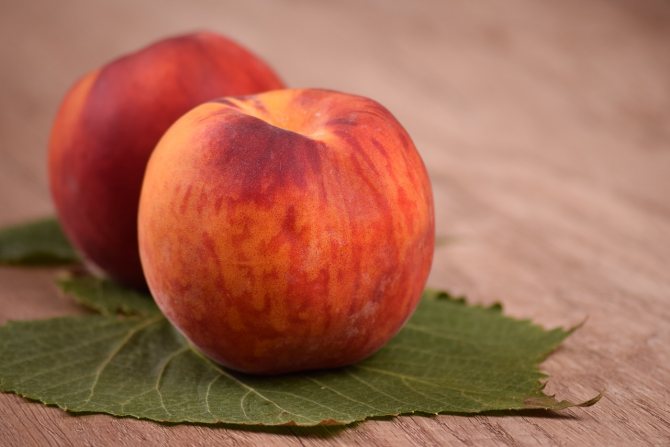
Peaches in syrup for the winter
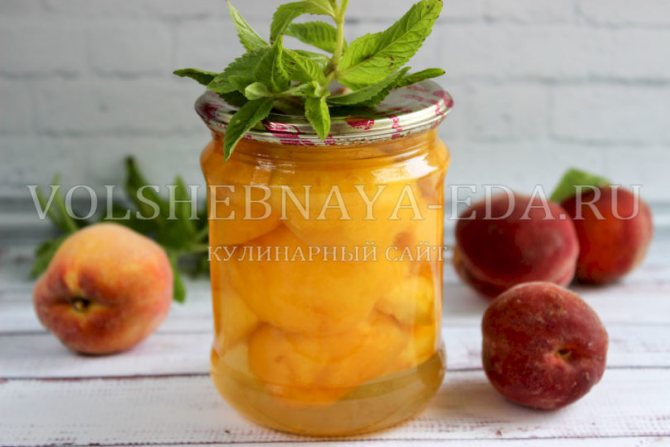

Sweet slices in transparent syrup, fragrant, smelling of the sun and summer - today we can preserve peaches for the winter! The product looks and tastes exactly the same as sold in supermarkets. Peaches in syrup in halves, pitted, therefore ideal for making desserts. You can soak biscuit cakes with syrup, and use fruits as filling for pies, add to cream for cakes and pastries.
Why is a peach good for you?
Peach is a useful fruit for humans. It contains: vitamins B, C, T, K, PP, potassium, magnesium, zinc, manganese, phosphorus, iron, citric, malic and tartaric acids. Among the beneficial components, pectins and essential oil can also be distinguished. Even the peach seed and its leaves have positive properties. The stone is processed into almond oil, which is widely used in cosmetology, and decoctions are made from the tree leaves for the treatment of gastrointestinal diseases.
The fragrant pulp is easily digestible in any form. You can use it not only fresh, but also resort to a simple recipe for peach compote for the winter. Be it juice, compote or peach flesh, they all equally normalize the secretory activity of the stomach, help digest food, improve appetite, and also treat kidney disease, cardiovascular ailments, rheumatism, gout.
Preparation
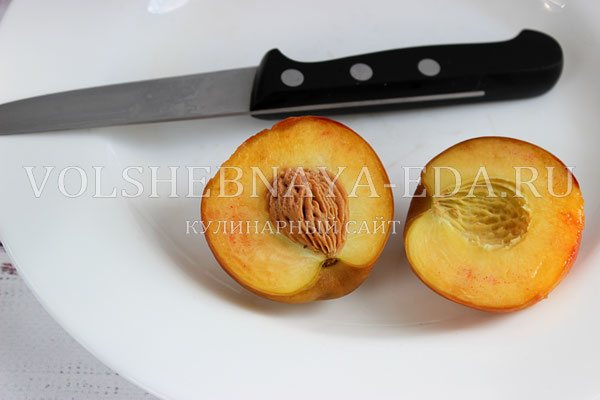

First of all, you should prepare the fruit. Imported fruits are usually treated with chemicals that extend shelf life. You can restrict yourself to thorough rinsing under running water with a hard sponge, while you need to try to remove the hairiness - if this is not done, then the workpiece will become cloudy and ferment. If you plan to preserve peaches without skin, then pour boiling water over the fruits for 1 minute, and then pour them over with ice water - due to this "contrasting pouring" it will be much easier to remove the skin. But before cleaning, you need to remove the bones. It is most convenient to walk with a knife around the circumference of the fruit, dividing it into two halves, then pry and remove the bone.
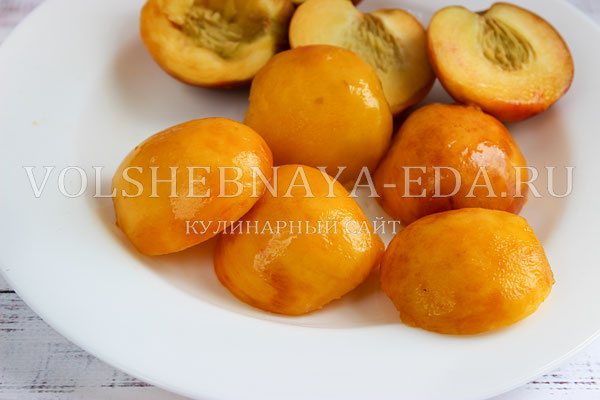

Use a knife with a sharp blade when peeling peaches. Pry the skin and remove the top skin, exposing the flesh. It will come off very easily. If you are not going to clean, then skip this step.
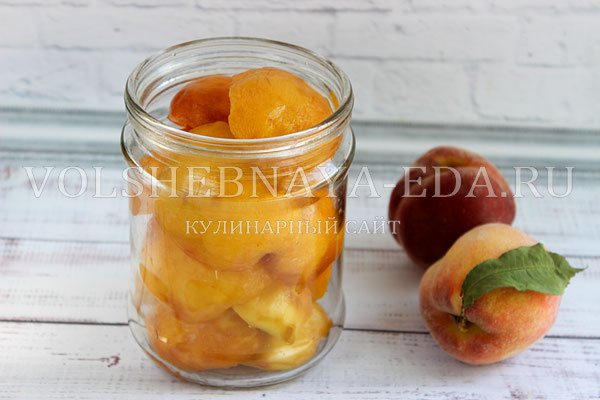

In addition to preparing raw fruit, you need to wash and sterilize the jars. The optimal container is 0.5 l or 1 l. In clean jars, I put the halves of the peaches with the slices down - this way they retain their shape better, and the packing density is higher.
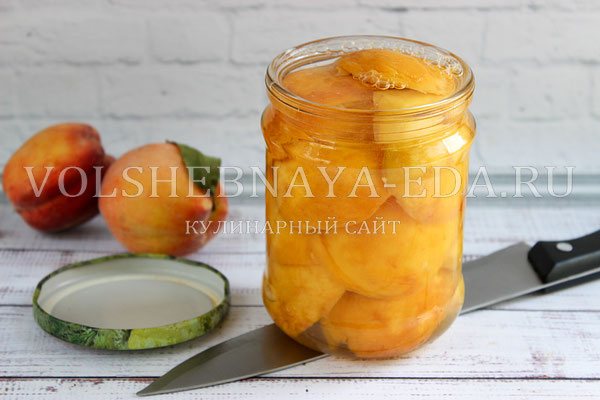

At the same time, I bring water to a boil in a kettle. I pour peaches in jars under the very top with steep boiling water. To prevent the glass from bursting, I put a wide knife blade under the bottom. Cover with lids and leave for 15 minutes.
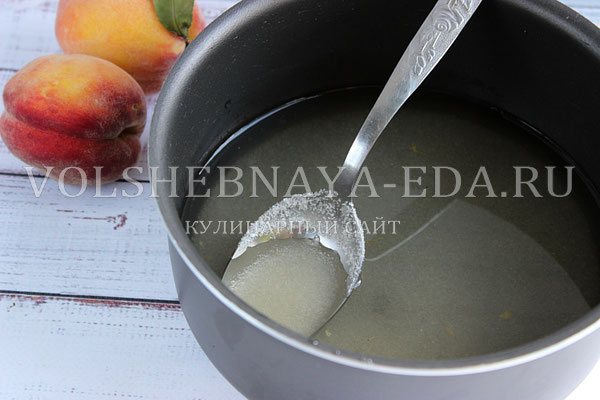

After the specified time, I drain the water from the jars into the pan. A different amount of water can go out depending on the density of the stacking and the size of the peaches, so I measure with a measuring cup exactly how much liquid was consumed, and calculate the required amount of sugar and lemon. Based on 1 liter of water, I add 400 g of sugar and 0.5 tsp.citric acid (for example, if 250 ml of water is consumed for one half-liter jar, then you will need 100 g of sugar and 1 pinch of lemon). Bring to a boil and boil for 1-2 minutes.
I pour the peaches with boiling syrup and immediately roll them up with sterilized lids. I turn the preservation with the lids down, wrap it in a warm blanket and let it cool completely. After that, you can move the jars to the cellar or to another cool and dark place. Shelf life is 1 year.
Vanilla peaches
Delicious dessert that children love. Also, canned fruits can be served with ice cream, used in filling for pies or bagels. You can send the whole fruit to the jars, but then you will have to prolong the sterilization process a little.
Ingredients:
- 960 ml of water;
- 400 g cane sugar;
- 10 g vanillin;
- 800 ml of water.
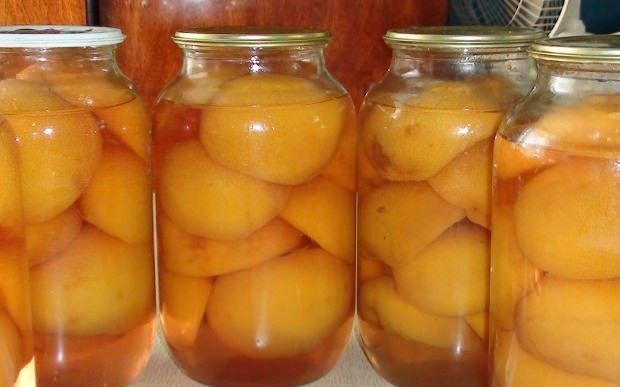

Preparation:
- After washing the peaches thoroughly, remove the seeds and cut the fruit in half. Send in a container with boiling water for a minute, after which it is easy to remove the skin.
- Place in a glass container (be sure to cut down) to the very hangers.
- Pour the containers with peach halves with syrup (water, vanillin, sugar) boiled for two minutes.
- Send the container with fruit for sterilization by placing a special grid on the bottom of the pan or placing a thick cloth.
- After sterilizing the containers (small jars - a quarter of an hour, large - half an hour), seal and send to cool under the blanket, not forgetting to put the lids down first.
Such blanks are stored for a long time, provided they are stored correctly (in a cool room).
Peaches in syrup for the winter
Sweet slices in transparent syrup, fragrant, smelling of the sun and summer - today we can preserve peaches for the winter! The product looks and tastes exactly the same as sold in supermarkets. Peaches in syrup in halves, pitted, therefore ideal for making desserts. You can soak biscuit cakes with syrup, and use fruits as filling for pies, add to cream for cakes and pastries.
The most important thing is to choose the “right” peaches. They should be fragrant and ripe, with a well-separating bone, but at the same time dense, not too soft. It is good if, when pressed, the fruits remain firm, do not have spots, rotten and spoiled places. Such raw materials will best of all retain their shape and will delight with a beautiful appearance. For better preservation of peaches in syrup, I recommend adding citric acid. If you wish, you can replace it with lemon juice - it will favorably emphasize the peach aroma and neutralize the sugar sweetness.
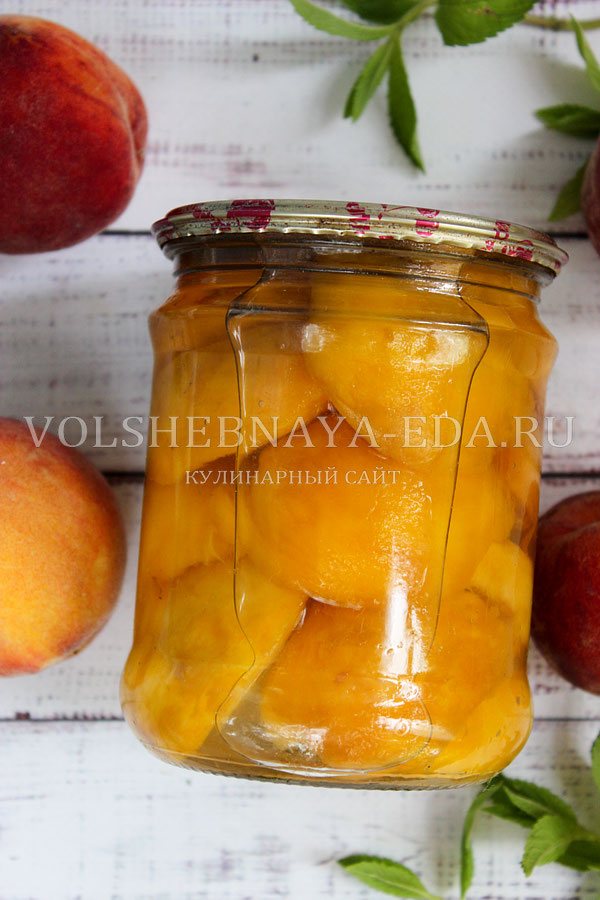

How to preserve peaches without sterilization
Some housewives like to preserve peaches without sterilization, but they still turn out juicy and tasty. The secret is to use citric acid. Thanks to this natural preservative, fruits are stored for a long time and retain their original color.
Ingredients:
- Peaches - 1.5 kg.
- Water - 1.8 l.
- Sugar - 200 g.
- Citric acid - 1 teaspoon.
Preparation:
- Rinse the peaches with water. During this procedure, rub the fruits thoroughly with your fingers. This will help remove more lint. Place on a paper towel to dry.
- Divide each fruit into halves. Use a knife for convenience. After making a neat incision along the groove, remove the bone.
- Fill the prepared jars with slices, pour boiling water over and cover with lids. Leave it on for 30 minutes.
- After the time has passed, drain the water into a saucepan, add citric acid and sugar, put on fire. After boiling, pour the syrup into jars of peaches, roll tightly.
- Leave the jars upside down under the covers until they cool completely, then move them to the balcony or closet. The main thing is that during storage, sunlight does not fall on the workpiece.
The delicacy does not go through the sterilization procedure, but it is stored for a long time, and a short heat treatment contributes to the preservation of useful substances.
Preparation
First of all, you should prepare the fruit. Imported fruits are usually treated with chemicals that extend shelf life. You can restrict yourself to thorough rinsing under running water with a hard sponge, while you need to try to remove the hairiness - if this is not done, then the workpiece will become cloudy and ferment. If you plan to preserve peaches without skin, then pour boiling water over the fruits for 1 minute, and then pour them over with ice water - due to this "contrasting pouring" it will be much easier to remove the skin. But before cleaning, you need to remove the bones. It is most convenient to walk with a knife around the circumference of the fruit, dividing it into two halves, then pry and remove the bone.
Use a knife with a sharp blade when peeling peaches. Pry the skin and remove the top skin, exposing the flesh. It will come off very easily. If you are not going to clean, then skip this step.
In addition to preparing raw fruit, you need to wash and sterilize the jars. The optimal container is 0.5 l or 1 l. In clean jars, I put the halves of the peaches with the slices down - this way they retain their shape better, and the packing density is higher.
At the same time, I bring water to a boil in a kettle. I pour peaches in jars under the very top with steep boiling water. To prevent the glass from bursting, I put a wide knife blade under the bottom. Cover with lids and leave for 15 minutes.
Similar chapters from other books
Oriental peaches
Oriental peaches Peaches - 600 g, honey - 4 tbsp. tablespoons, ground cinnamon - 1/2 tsp, grated zest of 1 lemon, almonds - 50 g, sour cream - 1 cup, yogurt - 1 cup, sugar - 1 tbsp. spoon, lemon juice - 1 tbsp. spoon Rinse the peaches, scald with boiling water, pour over with cold water and remove
Peaches
Peaches Compote Peaches - 1 kg Sugar - 350 g Water - 1 L Citric acid - 3 g 1. Place prepared small peaches tightly in sterilized jars. 2. Prepare syrup, boil it, add citric acid to it and pour over the fruit. 3. Cover the compote
Peaches
Peaches Compote (option 1) Peaches - 1 kg, sugar - 350 g, water - 1 l, citric acid - 3 g1. Place prepared small peaches tightly in sterilized jars. 2. Prepare a syrup, boil it, add citric acid to it and pour it over the fruit. 3. Cover
Stuffed peaches
Stuffed peaches Ingredients Peaches - 4 pcs., Cottage cheese - 100 g, cream - 50 ml, chopped walnuts - 3 tbsp. spoons, sugar - 2 tbsp. spoons, butter - 1 tbsp. spoon, vanillin to taste. Method of preparation Wash peaches, dry with a paper napkin, cut into
Peaches "in a bag"
Peaches "in a bag" 6 peaches, 50 g icing sugar. Wipe the peaches and put in boiling water for 3-4 minutes. Take out, drain the water, remove the skin and place in whole or in halves in a compotte bowl. Sprinkle with powdered sugar. Serve
Recipe for peaches in syrup for the winter
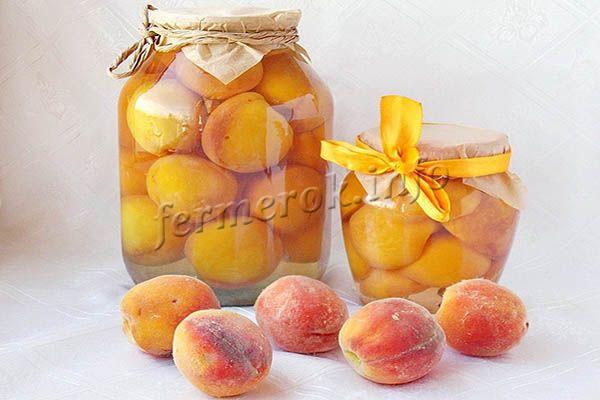

Photo of peaches in syrup for the winter
To make delicious peaches in syrup, you need to pick whole, dense fruits. In this recipe, peaches can be covered whole or in halves.
- Peaches - 1 kg;
- Sugar - 500 g;
- Citric acid - ½ tsp;
- Water - 1 liter.
- Peaches are washed well. During washing, it is important to rub them with your hands so that the skin is well cleaned.
- Washed fruits are placed in sterilized, dry jars.
- The syrup is mixed in the saucepan. To make the syrup good, you need to take about 500 g of sugar per liter of water. When the syrup boils, peaches in jars are poured over them and left until the syrup cools.
- When the liquid has cooled, the syrup is poured back into the saucepan, brought to a boil and poured back into the jars.
- After cooling, the syrup is re-drained, boiled, citric acid is added and poured into jars. Now you can roll up the containers, turn them over and wrap them in a thick blanket.
When the canned peaches have cooled, they are placed in the pantry.
Pickled peaches recipe
Take: - peaches (1 kg); - sugar (slightly more than 200 g); - cloves (10 pcs); - vinegar (6%, 100 ml); - water; - 1 stick of cinnamon.
Dip the pre-washed peaches in ice water, and then pour boiling water over them in order to quickly peel them off. Most likely, you will not have to make an incision - the skin will burst itself and be easily cleaned.
Cool all fruits.
Cut them open, pit them, slice them - usually cut into quarters, but if you have large peaches, you can cut each quarter in half. Sterilize the jar. Put spices at the bottom: cloves and cinnamon (the latter is best broken, and not put with a stick).
Place the peaches in the jars - tightly enough, but don't press them into each other.
Prepare the marinade: heat the water with sugar until it dissolves. Pour in the vinegar. Then pour the marinade into the jar and close it.
Pasteurize the jar by placing it in hot water (keep it there for about 40 minutes). After that, turn over and wait for the workpiece to cool down.
If you decide to marinate whole peaches without pulling out the pits (for such a preparation you need small fruits and large jars), remember that storing them for a long time can be dangerous. Peach pits contain a substance that is harmless in itself, which is decomposed by the human body into several, including hydrocyanic acid. The amount of this substance in each bone is very small, but when rolled up and held for a long time, it turns into pulp and syrup in a jar. Do not store such a blank, with seeds, for more than a year, and boil the pulp and it is better to completely pour out the syrup if you still overexpose the whole rolled peaches.
Whole Canned Peaches
Photo of whole canned peaches
When rolling peaches whole, you need to remember that such preservation is eaten first of all, within 1 year. Then the peaches spoil and become unfit for food.
Ingredients (for two 3 liter cans):
- Peaches - about 30 pieces;
- Sugar - 1 kg;
- Water - 5 liters.
- Remove the fruit from the tails, leaves and wash thoroughly. The peel can be left on, but it is better to remove it. On some varieties of peach, the skin is easily peeled off, on others it is bad. If she does not want to leave, she can be cut off with a sharp knife. The second option is to put the peaches in boiling water for a short time. After that, the skin will peel off from them.
- The jars are sterilized and dried, and then filled with prepared fruits.
- In a saucepan, a syrup is made from water and sugar. When it boils, they are poured with fruits, and after 5 minutes they are poured back into the pan and brought to a boil again.
- When the syrup is boiled again, it is poured into jars and rolled up. Boiled lids are used for seaming.
The finished preservation is turned over with the lids down and covered with a blanket for a day.
Cooking method
For preservation, choose sweet, ripe but firm peaches without damage. You can even slightly unripe fruits, the main thing is that the bone is easily detached from the pulp. Peaches must be thoroughly washed and wiped off with dry napkins or a towel.
Sterilize the jars in advance in a way convenient for you. Put the prepared peach halves in them and tamp them tightly, but do not press, so that the fruits do not crumple.
Bring the pot of water to a boil. Pour hot water over peaches in a jar. Cover with tin lids and steam for 30 minutes. After that, pour the water back into the pot and repeat the procedure again.
Then, pour the liquid into a saucepan and bring to a boil again, only now add sugar and add citric acid. Boil until sugar is completely dissolved.
Pour fruit jars with ready-made sweet syrup and roll them up with sterilized tin lids (I boiled them for 10 minutes beforehand).
Turn the jars upside down, cover with a warm blanket and leave in this position until they cool completely. Thanks to this, the workpiece will undergo additional sterilization, and the cans will not explode.
In a hot, busy season, each housewife tries to prepare more mouth-watering preserves, the purpose of which is not only to decorate a family lunch or dinner, but also to remind in winter of summer days. Of course, it is not fragrant cucumbers or tomatoes that will cope best with such a role, but bright sweet fruits or berries. Cooking compotes or preserving in your own juice is a simple, but rather boring task, because most housewives use only the simplest recipes. But you can try to cook something unusual and original: peaches, canned in halves. Previously, they were considered rare fruits, but now trees with huge fragrant fruits are increasingly found in gardens, which can be sent to jars in order to pamper your family with a delicious delicacy in a few months.
Spicy canned peaches for the winter
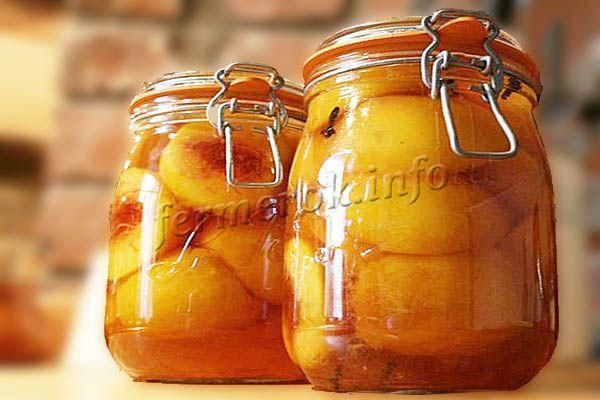

Photo of spicy peaches for the winter
Peaches for the winter can be made not only sweet, but also spicy. The recipe below includes cinnamon, cloves. But if you like some other spices, then you can include them or replace them with those that are in the recipe.
- Peaches - 3 kg;
- Sugar - 1 kg;
- Carnation - 5 pcs.;
- Unmilled cinnamon - 1 pc.;
- Vinegar (8%) - 0.2 l.;
- Water - 1.5 liters.
- Peaches are washed. It's important for this recipe to use firm peaches so they don't start falling apart in the jar. After the peaches have been washed, dry them on a towel.
- A saucepan boils water with cloves, cinnamon and sugar.
- When the peaches are dry, they are laid out in sterilized jars whole and poured with syrup when it cools down.
- To prevent the preservation from exploding during storage, it is necessary to sterilize the jars under the lids (not rolled up).
- After sterilization, the preservation rolls up, turns over, cools down the night under the blanket and then it can be taken to the pantry.
Canned peaches in halves: a step-by-step recipe
Sometimes housewives are reluctant to start canning peaches for the winter, because they do not like the thick skin with a kind of fluff. They will certainly like this recipe, because pre-peeled fruits will not cause any inconvenience.
It is important that the fruit is firm, without soft areas, such places should be cut out immediately.
Ingredients:
- 980 ml of water;
- 2 kg 900 g peaches;
- 640 g of sugar sand.
Preparation:
- Send the washed whole fruits with a bone to a container and immediately pour boiling water over. After a few minutes, drain the hot liquid, pour in the cold one. Peaches will peel off very easily.
- You can try to remove the peel from the fruit with a sharp knife, but then the finished compote will take on a muddy unappetizing look.
- Divide each fruit into two parts, immediately removing the pit.
- Fill glass containers halfway.
- Dissolve sugar in water, boil, stirring occasionally.
- Pour boiling sweet liquid over the fruit.
- After covering with lids, sterilize containers for 25 minutes. After the sterilization process, wrap it up, having previously rolled it up.
Peach recipe in its own juice
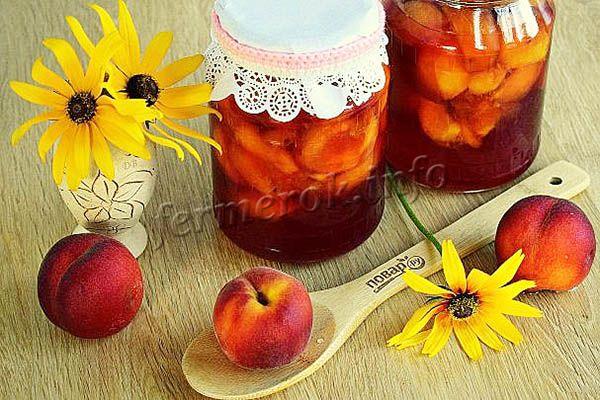

Photo of peaches in their own juice
Peaches in their own juice for the winter are not only tasty, but also healthy. They are as natural as possible, with a rich, undiluted taste.
Ingredients (about 3 half liter cans):
- Peaches - 12 pcs.;
- Sugar - 240-300 g;
- Citric acid - 1.5 tsp
- The fruits must be washed thoroughly. The rind can be left on or removed as you like. Peaches are cut into 6-8 parts, if the fruit is small, then it can be cut into 4 parts.
- Most of the slices are laid out in banks, but you need to leave a little.
- From above, the slices in the jars are covered with sugar and a small amount of citric acid. In this form, they are placed in the refrigerator to let the juice out.
- During the night, a lot of juice will stand out, and the fruits themselves will settle a little. The extra space in the jars the next day is filled with the remaining slices.
- Finished jars must be sterilized in a saucepan.If the containers are half-liter, then 15 minutes will be enough.
- After sterilization, the conservation is sealed and inverted. In the wrapped state, it should stand for a day, then it can be removed to the rest of the preparations for the winter.
Recipe for canning peaches according to GOST
People love peaches for their juicy pulp, fragrant skin and unique taste. For the sake of maintaining access to this miracle, I advise you to cook canned peaches according to GOST, which are not much inferior to fresh fruits in terms of taste and aroma. To do this, use the following recipe.
Ingredients:
- Peaches - 1 kg.
- Sugar - 7 tablespoons (per half-liter jar).
How to cook:
- Use firm and ripe fruit. Fill them with cold water for an hour, then rinse thoroughly. You do not need to peel off the skin.
- On each fruit, make a longitudinal cut, divide into slices, remove the pit. Cut each half as desired.
- Wash glass jars thoroughly and pour over boiling water. Pour a tablespoon of sugar on the bottom of each jar, put a layer of peaches on top. Alternate layers until the jars are full.
- Cover the bottom of a wide saucepan with a cloth, put jars of peaches on top, cover with a large lid. Pour water into a saucepan up to the shoulders, put on fire. Sterilize for 15 minutes. This time is enough for the syrup to appear.
- Remove the jars from the pot and roll up. Leave in a warm place upside down. After cooling down, put it in the refrigerator or closet.
Video recipe
There is nothing difficult in cooking. They are stored for a long time, which means that at any time they will come to the rescue and help in preparing a wonderful dessert, for example, a pie.
Canned peaches in halves for the winter
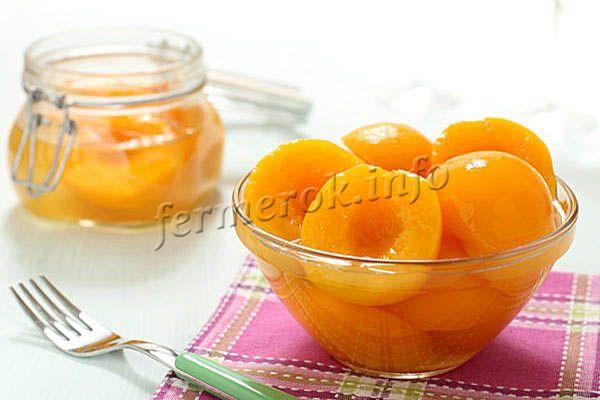

Photo of canned peaches in halves for the winter
You can make canned peaches in halves not only with sugar, but also with honey. The recipe below has a sweet and pleasant rum flavor.
- Peeled peaches - 3 kg;
- Peach kernels - about 10 pieces;
- Sugar - 750 g;
- Honey - 250 g;
- Rum;
- Water - 1 liter.
- Peaches cut in half are stacked in jars.
- Water with sugar and honey is boiled in a saucepan. When the syrup boils, it is turned off and allowed to cool. Only then are they poured peaches in jars.
- In addition to syrup, 2 tablespoons of rum are poured into each jar, and 1-3 kernels of pits, peeled from hard skin, are placed.
- Preservation is sterilized and sealed with lids that have been boiled in advance.
Canned peaches are a treat for children and adults. They can be eaten throughout the year, but the tastiest, of course, in winter, when there is not enough fresh fruit. When making such a dish, it is worth remembering that peaches themselves are low in calories, but due to the abundance of sugar in recipes, ready-made meals for people with diabetes or on diets are not recommended. Although if sugar is replaced with fructose, then in small quantities and with the permission of the attending physician, you can eat dessert.
Canning peach compote
The asking question: “How to cook peach compote?” - there is a simple description of this process. In a saucepan with cold water, stir in the desired amount of pitted peaches, add sugar to taste and boil for 10-15 minutes. Cool and the compote is ready to eat. Before serving, you can put a few ice cubes in the glass for a refreshing and refreshing drink. And, here, if you want to preserve peach compote for the winter, then several unsurpassed recipes are provided below. It takes about an hour to make such a food, but the result is excellent and tasty. The main ingredients list includes peach, water and sugar. From kitchen utensils you only need a saucepan. For those who do not want to suffer even with a saucepan, you can get a multicooker. Compote comes out of it no worse than boiled in a saucepan.
Peach compote without sterilization - video
Pitted peach compote for the winter
Step by step description:
In one 3-liter jar, 0.9-1 kg of medium-sized peaches with seeds are placed to the top, and 1-1.2 kg without seeds.
A delicious, sweet drink can be closed with more than just peaches. This sweetness can be diluted with another fruit or berry that has a more sour taste. Such an additional ingredient can be: apple, plum, raspberry, mountain ash,. The stages of preparation will not differ much, but to be sure, it is better to introduce a sterilization point for fruit cans. This procedure will allow you to store the provisions for much longer and prevent possible breakdown. Below are a couple of these recipes with delicious results.
Peach compote with and without sugar - video
Apple and peach compote
Step by step description:
Clogged and cooled compote should not be immediately moved to a pantry or other poorly ventilated room, because the lid may break off. The provisions should stand in an open place for a couple of weeks.
Two similar fruits just need to be combined together: peaches with plums. The beneficial components of the plum are also added to the positive properties of the peach. In addition to what the peach has, the plum contains vitamin A, ascorbic acid, chromium, copper, fluoride. These components improve vision, strengthen blood vessels, and give strength. Be sure to close this vitamin drink.
Peach and blackberry compote - video
Plum and peach compote
Step by step description:
According to the latest recipe for making compote from plums and peaches, other fruits can also be canned. Peach can be combined with pear for a pleasant sweet taste. Berries, blueberries, currants will perfectly dilute the sweetness of the peach with their acid. A beautiful and aromatic compote will come out of the fruit in question with the addition of orange slices or lemon slices. There is no limit to your imagination for canning peach compote for the winter. The main thing is to follow the step-by-step instructions and do not forget the procedure for sterilizing the jars with the contents before rolling.
Canned peaches in syrup
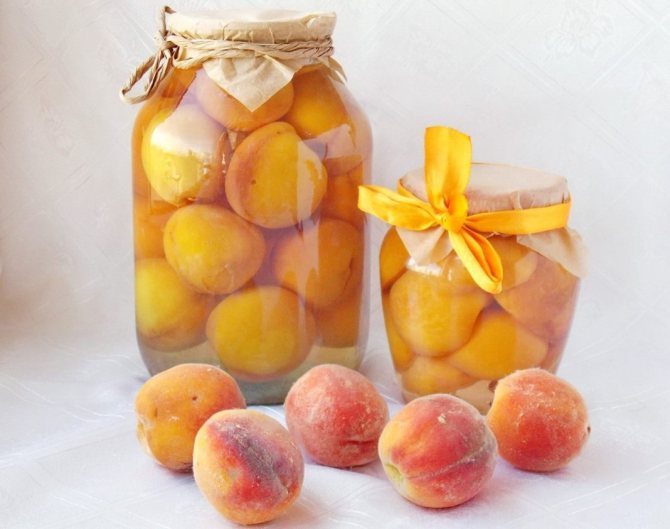

Juicy, sweet, with a velvety skin and tender pulp - peaches, like round lanterns with ruddy barrels, conceal the summer sun! Do you want the warmth and aroma of a generous August to keep you warm in winter too? Let's prepare canned peaches in syrup. This is a very simple preparation without sterilization, and in the end you will have delicious fruits and sweet compote.
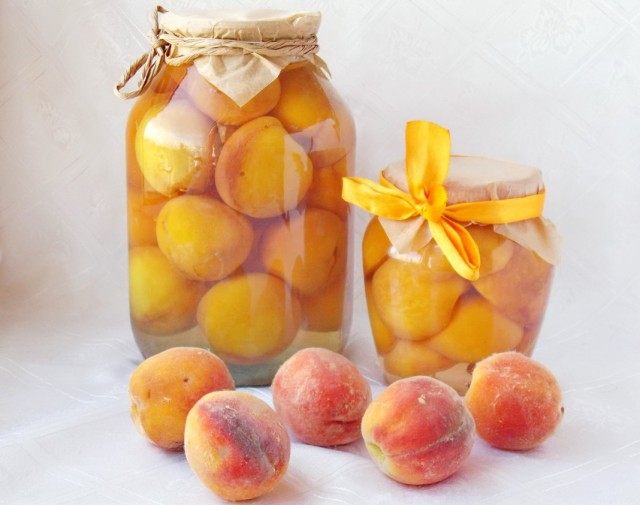

Canned peaches in syrup
The syrup is good for preparing impregnation for biscuits or compotes, diluting to taste with water. Canned peaches can be used to decorate cakes and pies, add to desserts and salads. And of course, sweet fruits are delicious on their own! In winter, when there are only bananas and citruses from fresh fruits, harvesting peaches will be like a godsend.
- Cooking time: preparation 30 minutes, waiting a few hours
- Servings: approximately 2.7 L
French pickled peaches
French pickled peaches
Components
Peaches - 3.5 kg Sugar - 2 kg Apple cider vinegar - 1 l Cloves and cinnamon - 60 g each Ginger root - 15 g
Rinse ripe peaches well and, if possible, wipe off the fluff from them. Pour sugar into vinegar, put spices in a linen bag and boil for several minutes until sugar is completely dissolved. Pour the prepared peaches with hot marinade and stand for 8-10 hours. Then drain the marinade and boil it for 8-10 minutes. Put peaches in the boiling marinade again and cook over low heat until the fruit softens. Then put hot peaches in warmed sterile jars and pour boiling marinade over them. Cover the jars with sterile lids and sterilize liter jars in boiling water for 15 minutes, three-liter jars - 20 minutes. After sterilization, roll up the jars, turn them over to the lid, cool and store in a dark, cool place.

